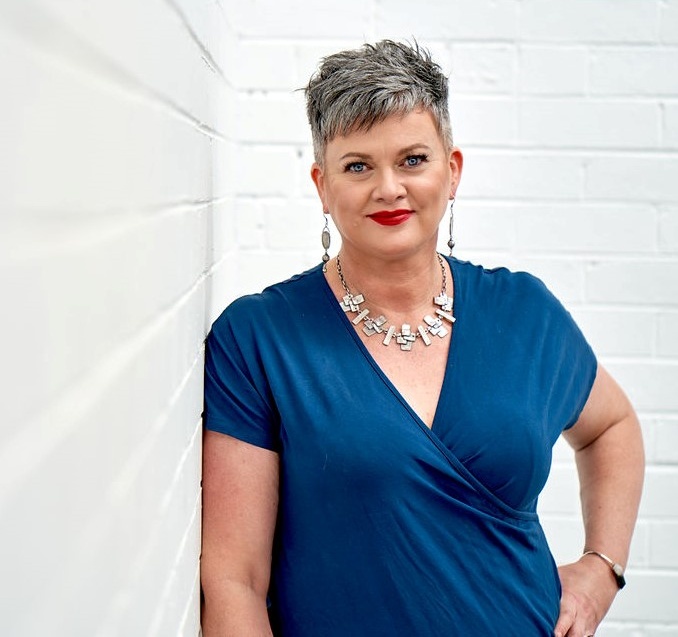In our conversations with practitioners and leaders of late the future feels like a
luxury right now. It might be end of calendar year fatigue and overwhelm and
perception. But it might also be the reality of the here and now.
The leaders I speak with every week aren’t asking how to “future-proof” their
organisations anymore. They’re asking how to make it through the next quarter
without losing people, momentum, or their sanity.
Between economic uncertainty, constant restructuring, tech disruption and AI
obsession (FOBO?!) and the never-ending push for transformation, it’s too much
change, all at once.
Triage: The new change skill.
Over the past few years, change became the background noise of organisational life.
But something has shifted. The pace of disruption has tipped from “fast” to “frenzied.”
What used to feel exciting now feels exhausting. Leaders tell us they’re navigating three overlapping crises:
- The human crisis — rising burnout, psychosocial risk, compassion fatigue.
The latest is quiet cracking apparently! - The organisational crisis — constant reprioritisation, funding pressures,
talent churn, and we’re back in restructure season. - The credibility crisis — people are tired of hearing about change and
transformation, especially when they are not seeing the promised outcomes.
And through it all, change leaders are expected to stay calm, communicate clearly, and keep everyone engaged.
It’s a lot.
When crisis is the operating environment.
That’s why the idea of being “future-fit” or “future-proof” can ring hollow right now.
The future isn’t some distant horizon, it’s pressing down on us daily. In 2025, the question isn’t “how do we prepare for what’s next?” It’s “how do we lead while everything is next?”
When the system is under strain, leaders need crisis capability: the ability to stay
steady in volatility, to make sense when information is messy, and to lead with
empathy when everyone’s tired.
From future-fit to crisis-ready
For years, we’ve talked about helping leaders become future-fit. That still matters,
but we also recognise that the crisis is here, right now.
Crisis-ready leaders don’t wait for perfect conditions. They:
- Understand how the brain reacts under stress and use brain-friendly
approaches to reduce overwhelm. - Bake agility into their practice to make progress in uncertainty.
- Take the time to understand if they are working on the right problems.
- Combine data with their insights and experience to navigate a way forward.
- Communicate clearly and consistently, even when messages are hard.
- Stay human using empathy and transparency to build trust when fear is high.
These are the skills that determine whether a team fractures or flourishes under
pressure.
Tools and capability for right now
Our programs — like Brain-Friendly Change, Agile Change Management, When Design Thinking meets Change Management, Agile Change Leadership Certificate and Change Leader: The Basics — are designed to build these capabilities quickly and practically. You get tools to use immediately.
They don’t promise immunity from crisis. What they offer is composure, clarity, and
connection within crisis.
Because the leaders who thrive now aren’t just resilient, they’re responsive. They
know how to create stability in motion, safety in ambiguity, and confidence in
complexity.
You don’t need another five-year plan. You need new reflexes.
If you’ve been waiting for the “right time” to invest in your capability, this is it. The
right time isn’t coming, the world won’t slow down. But you can. You can equip
yourself to lead and deliver change in the thick of challenge, not just in the promise
of a better tomorrow.
Crisis-ready doesn’t mean living in fear. It means learning how to stay flexible,
thoughtful, and human when it matters most.
Because the future won’t be built by the people who saw it coming.
It will be built by the ones who could hold steady when it arrived.



